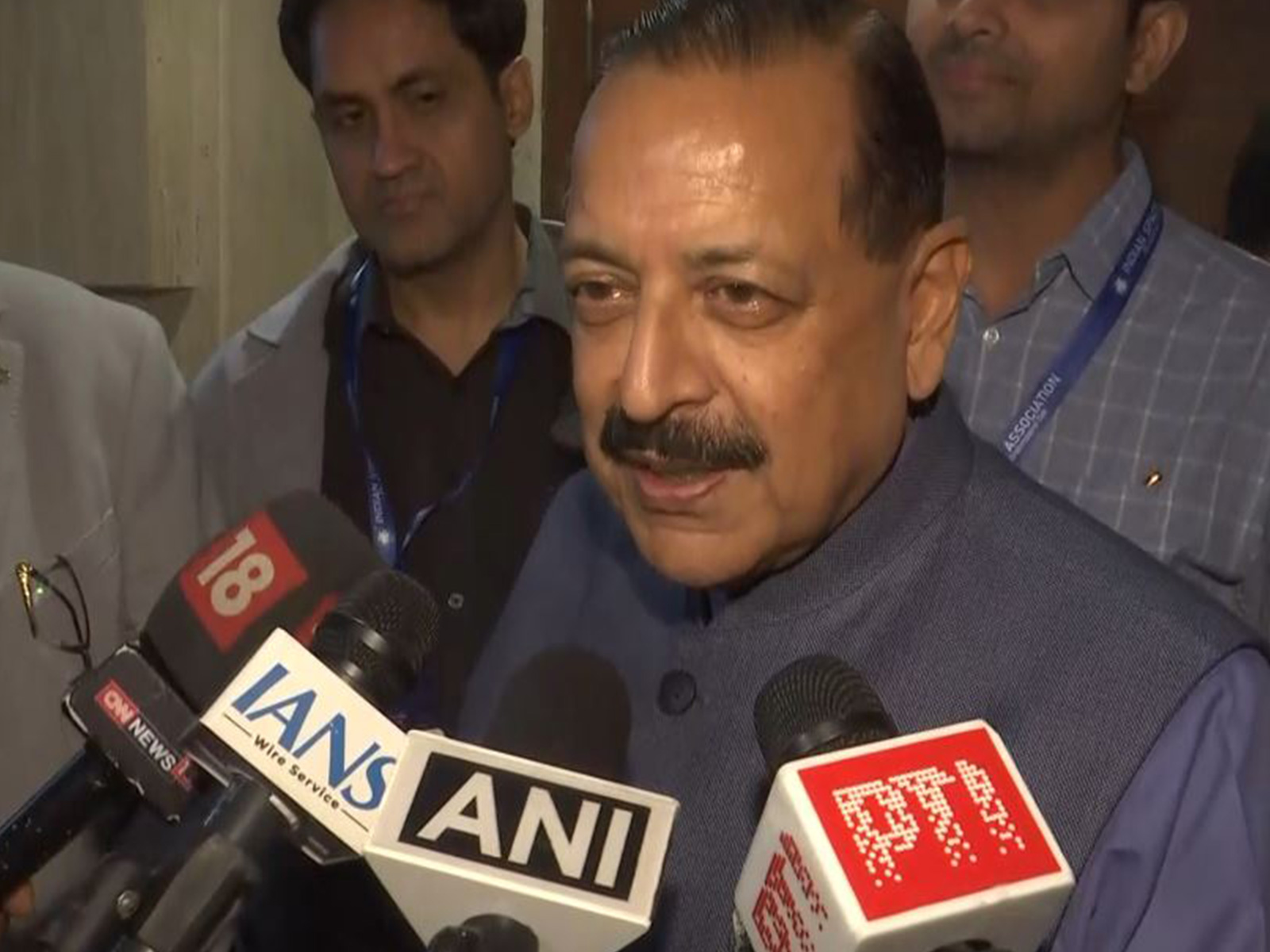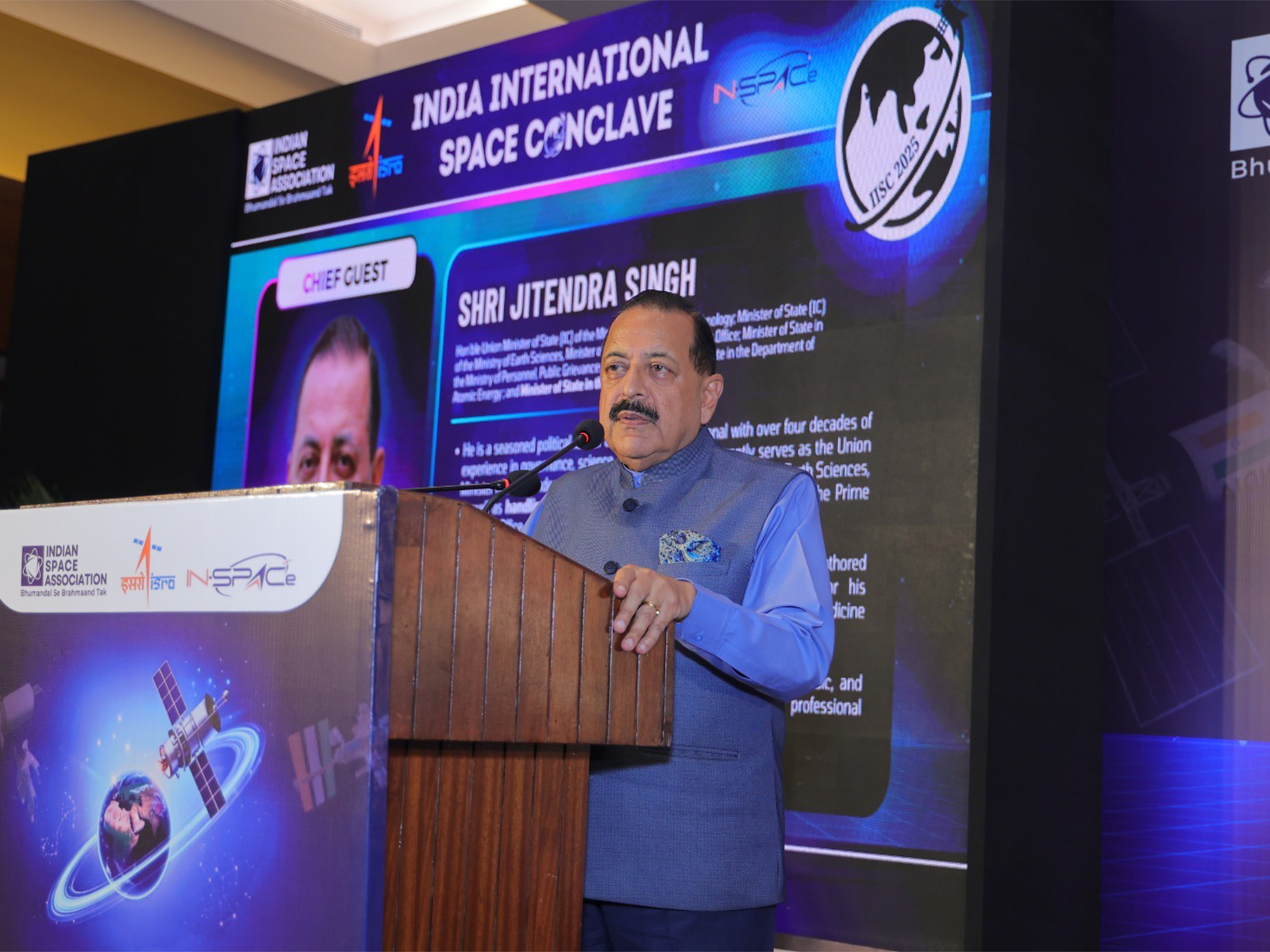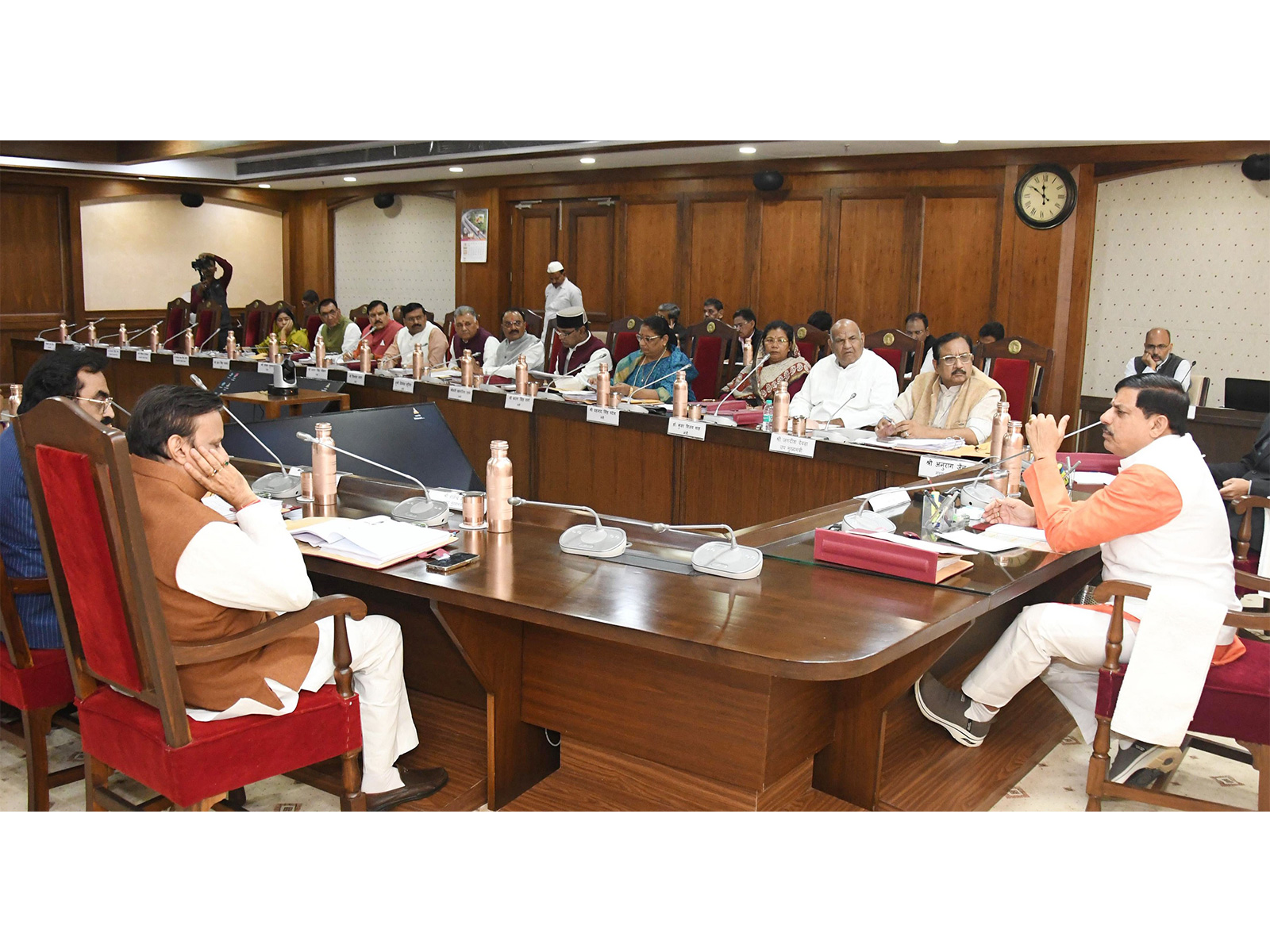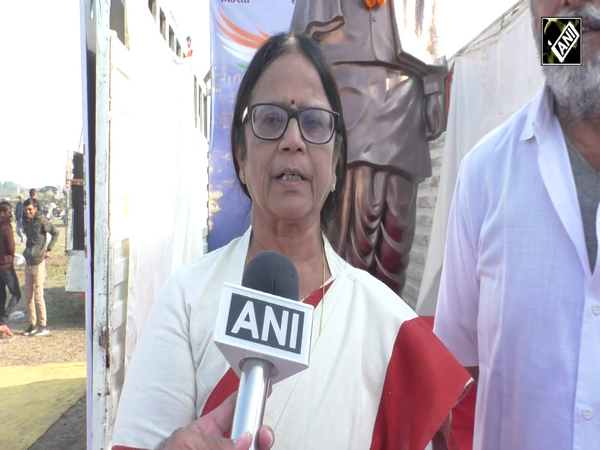A Close View of India's Energy Sectors: A Journey towards Energy Independence by Ratul Puri
Jun 19, 2023

PNN
New Delhi [India], June 19: India is one of the fastest-growing economies in the world resulting in a significant increase in its demand for energy. There is now a requirement for the country to achieve total energy independence. This requires multi-dimensional actions on various aspects like energy production, energy efficiency, and well-planned policy reforms.
At present, approximately 55% of India's energy needs are met through coal. This is a non-renewable resource. There has been a significant decrease in coal imports from 249 million tons in 2019-20 to approximately 218 million tons in the year 2022-23. This was possible due to an increase in domestic production to around 893 million tons in the 2022-23. The government is aiming to increase this to by 1.3 billion tons by 25-26.
The Transportation Sector-
One of the major sources of energy in India is crude oil, which is mostly used in non-renewable sources of energy. The enormous growing demand for fuel has caused imports to reach a record level of about 87% of domestic consumption in the year 2022-23. The adoption of electric vehicles (EV) may be one of the paths that would help reduce the dependence upon oil for the country. The government of India is already expanding policies for the greater use of electric vehicles. The government is investing in the setting up of infrastructure for charging points, battery building, and exchange facilities. This, along with the promotion of attractive commercials for electric vehicles will aid in the sustainable development of the country and also in the journey towards energy independence.
Additionally widespread blending of ethanol provides India a triple benefit - employment in the agricultural sector, significant reduction in the foreign exchange out go and lowering of cost.
Utilizing Renewable Energy-
Renewable sources of energy such as solar, wind, water etc. will be helpful in the long run. Our country lies near the equator, blessing us with around 300 days (about 10 months) of sunshine almost every year. Large tracts of available vacant land make India attractive for solar power generation. The country's long coastline of around 7500 kilometers provides many viable options for offshore wind and hydropower also has the potential to generate around 145,000 MW. Developing these sources further will help in this journey of energy independence by reducing the dependence upon nonrenewable sources of energy.
The Key Milestones and the further journey-
India is currently the fourth largest wind power generator and fifth solar electricity generator in the world with new technology and capacity being added every single day. In addition to this, around 6.78 GW of Nuclear Power capacities have been created. Green energy share is about 42% of the power production in the country. This has flourished through government initiatives and investment.
Encouraging the Regulatory Environment-
The government of India is also supporting the initiatives along with start-ups associated with the production of clean energy and its storage. This will ultimately help India in gaining its position in the world regarding green power and green energy. The efforts will also boost the energy independence of India. This will in turn, contribute in enhancing the GDP of the country and make us a significant player in global avenues while becoming energy independent.
Ratul Puri is the Chairman of Hindustan PowerProjects Pvt Ltd.
(Disclaimer: The above press release has been provided by PNN. ANI will not be responsible in any way for the content of the same)




















